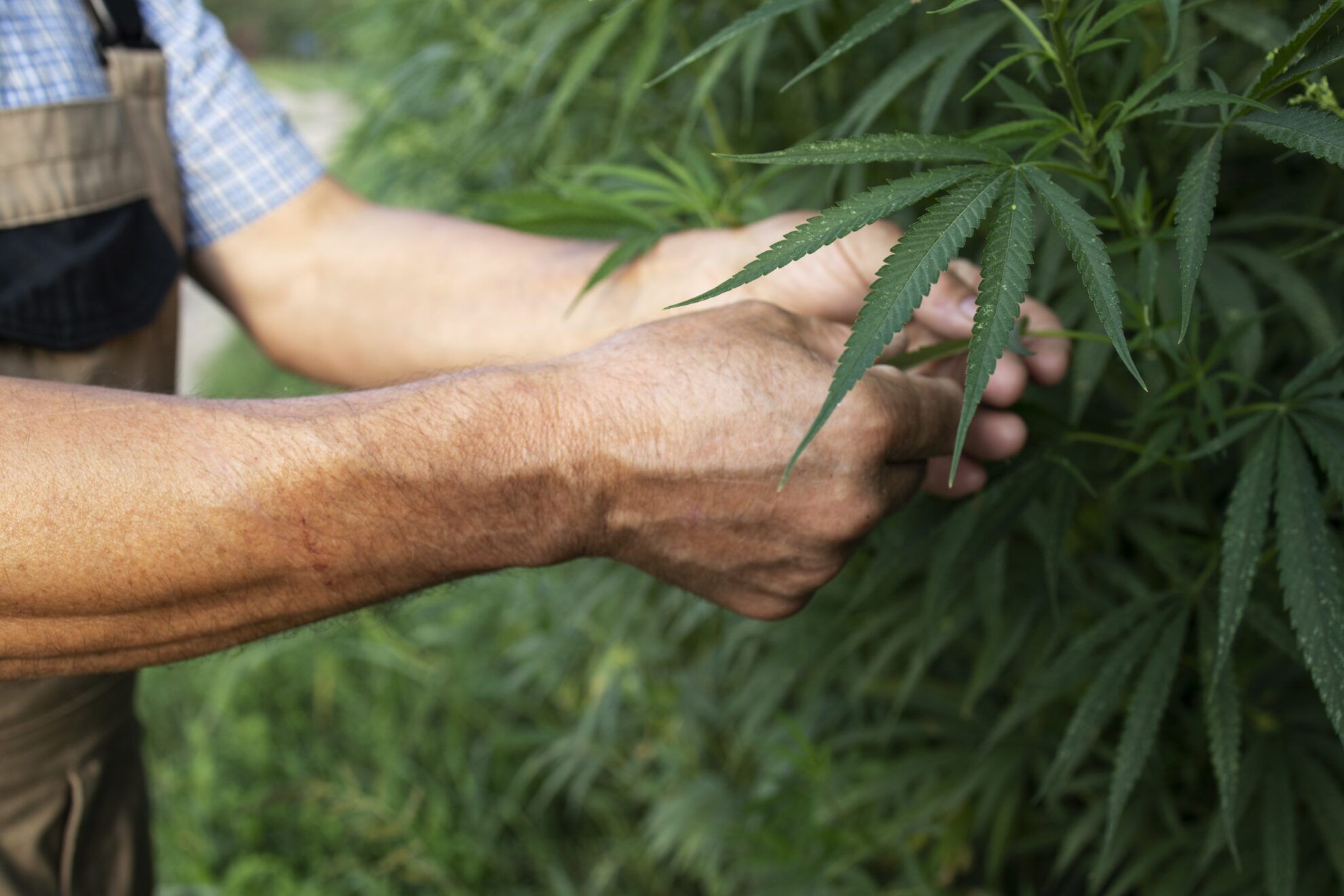Table of Contents
Disclaimer: The purpose of this blog post is to provide information on the versatility and potential of hemp in various industries and its potential impact on reducing carbon emissions. We do not endorse or promote the use of hemp, marijuana, or any other drug. It is important to follow all local laws and regulations regarding the use of hemp and marijuana.
Hemp, one of the oldest plants known to humankind, is experiencing a resurgence in interest due to its versatile and sustainable nature. With the world facing the looming threat of climate change, researchers and industries alike are exploring the potential of hemp to reduce carbon emissions and promote eco-friendly practices. While hemp’s association with its psychoactive cousin, marijuana, has hindered its progress in some regions, its numerous benefits are now coming to light.
In this blog, we will explore the potential of hemp in mitigating climate change and how its various uses, from textiles to biofuels, can make it a valuable contributor to a sustainable future. We will also delve into the challenges that this plant faces, from legal regulations to the lack of standardization in processing methods. Let’s take a closer look at this ancient plant and its modern applications.
The History of Hemp
Hemp has been cultivated for thousands of years and has played a significant role in various cultures throughout history. In ancient China, hemp was used for paper and textiles, and it was considered a symbol of wealth and prosperity. The plant was also used in traditional Indian medicine to treat various ailments.
During the 16th century, hemp became a valuable commodity in Europe for its use in shipbuilding and sailcloth production. At the time, the Dutch and the British were the largest producers of hemp in Europe. Later, in the 18th and 19th centuries, hemp was widely cultivated in the United States for its use in paper, rope, and textiles.
However, the 20th century saw a significant shift in attitudes toward hemp. In the 1930s, the United States government began a propaganda campaign against cannabis, which included hemp. The campaign was fueled by the belief that hemp and marijuana were the same plants and that both were dangerous drugs.
As a result, hemp was effectively banned in the United States in the 1970s as part of the Controlled Substances Act. This move was echoed in many other countries around the world. Napoleon forced the biggest hemp producer at the time, Russia, to stop exporting hemp to Europe in the early 19th century. This campaign of misinformation and prohibition severely impacted the reputation and uses of hemp for decades.
However, in recent years, there has been a renewed interest in hemp due to its potential as a sustainable and versatile crop. With the legalization of industrial hemp in many countries, including the United States, the plant’s potential is finally being recognized again.
Hemp’s Potential in Fighting Climate Change and Reducing Carbon Emissions
Hemp is known for its versatility and potential to reduce carbon emissions. The plant has a lot of practical applications in various industries, including textiles, construction, and fuel. In fact, hemp may even be a more environmentally friendly option compared to other commonly used materials.
In the textile industry, hemp can be a substitute for cotton, which is a notoriously water-intensive and chemical-reliant crop. Hemp, on the other hand, requires less water and pesticides to grow. With the development of enzymes and mechanical processes, hemp fibers can now be customized and integrated into existing textile production, providing a more sustainable alternative.

In construction, hemp can be used for building materials such as insulation, flooring, and even hempcrete, a sustainable concrete substitute. Hemp-based building materials can reduce carbon emissions as they are less energy-intensive to produce compared to traditional materials like concrete and steel.
Hemp also has the potential as a biofuel, with the ability to produce up to four times more energy per acre than corn-based ethanol. Additionally, hemp is a low-input crop, meaning it requires fewer resources to grow.

Compared to other materials, hemp has a lower environmental impact. For example, producing a ton of hempcrete can save up to 1.5 tons of carbon dioxide emissions compared to traditional concrete. With its potential in various industries and lower environmental impact, hemp has a significant role to play in mitigating climate change.
Overcoming Regulatory Hurdles
Despite the numerous benefits of hemp, the industry has faced many regulatory hurdles. In the past, hemp was heavily regulated due to its association with marijuana, but recent changes have allowed for the cultivation and production of industrial hemp in many countries. However, regulations are still confusing and vary from country to country.
For example, Colombia defines industrial hemp as any Cannabis sativa plant with THC levels up to 1%, while the limit is 0.2% in the EU and 0.3% in the US. These discrepancies, combined with marijuana’s status as a controlled substance, have deterred some investors from entering the industry.

Despite these obstacles, many countries are progressing toward legalizing hemp and its various uses. For instance, in 2018, industrial hemp plantations became legal in the US, and the EU recognized hemp as a valuable contributor to reaching its Green Deal objectives. Additionally, countries such as Colombia, South Africa, Thailand, and Argentina are exploring different ways to legalize hemp in its various forms.
By implementing consistent and progressive regulations, governments can foster the growth of the hemp industry and unlock its full potential as a sustainable and versatile resource.
The Future of Hemp in Reducing Carbon Emissions
Hemp has the potential to revolutionize various industries, and as scientific research increases, we may encounter even more unexpected uses for it. For example, hemp has been identified as a possible superconductor in electric vehicle batteries, which could significantly improve their efficiency. Hemp can also be used as a biofuel, providing a renewable and sustainable alternative to fossil fuels.
Furthermore, hemp is also considered a superfood due to its nutritional value. Hemp seeds are high in protein, fiber, and essential fatty acids, making them an excellent addition to a healthy diet.
The projected growth of the hemp industry is substantial. In 2021, the global industrial hemp demand was calculated to have a market value of $4 billion, and it is expected to reach almost $17 billion by 2030. If legal THC-rich cannabis for medicinal and recreational purposes is included, the market value is expected to reach $176 billion by 2030. This growth has the potential to create new supply chains for various industries and generate significant economic impact.
In conclusion, the versatility of hemp and its potential to combat climate change is undeniable. Its historical uses and importance in various cultures have been overshadowed by decades of misinformation and prohibition. However, with a better understanding of the plant and its benefits, the future of hemp looks bright.
Hemp has the ability to reduce carbon emissions across various industries, from textiles to construction to fuel. It can even be used as a possible superconductor in EV batteries and as a biofuel. Additionally, the projected growth of the hemp industry suggests a potential economic impact in the billions.
Despite the progress made in legalizing industrial hemp, regulatory hurdles remain a challenge. However, some countries are taking progressive steps toward hemp policies, and it is important to continue pushing for increased research and more progressive policies.
It’s time to unlearn the misconceptions about hemp and embrace its potential as a sustainable and eco-friendly resource. Let’s work together to support the growth of the hemp industry and create a greener future for our planet.







